What Is Curly Toe And How To Treat and Prevent It
This article will walk you through curly toe in chickens. What it is, what you can do to prevent it, and finally what you can do if you see one of your beloved hens has the condition.
Be prepared for common ailments when raising chickens and help your entire flock to be healthy and strong.
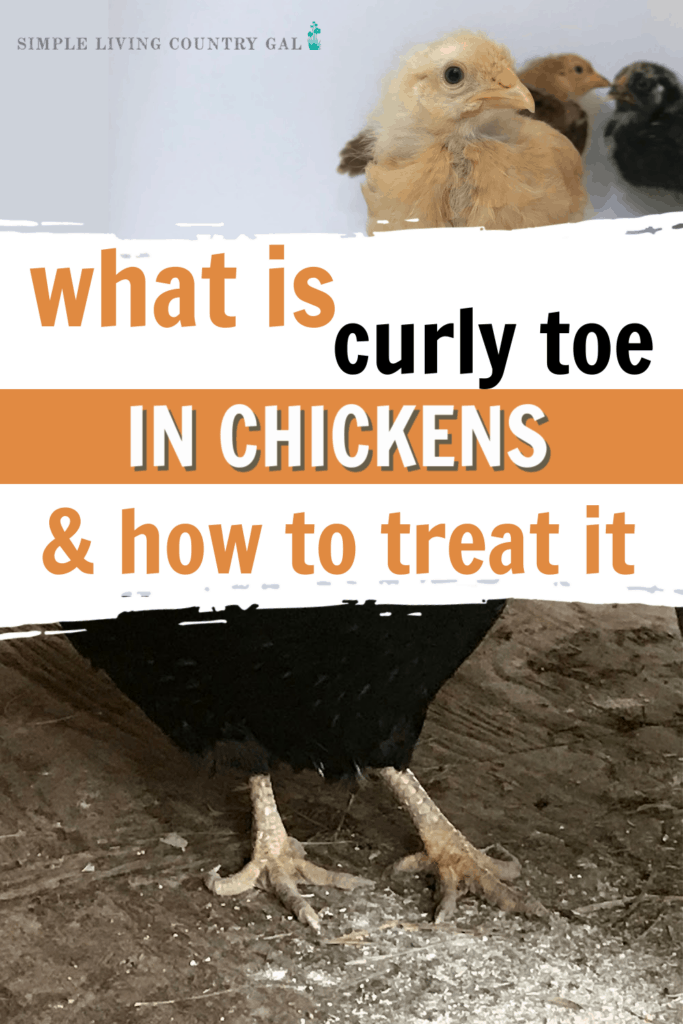
I love the internet.
I love to research things, find out tips and tricks to use on my homestead and I also love to be inspired.
Unfortunately, I have a problem sometimes where I take what I read online as the right way to do things or the Gospel truth. You see, I tend to believe what I see and what I read. I just assume that the person posting the information has either used the technique they are writing about or at the very least researched it completely.
When I first started raising chickens I learned a valuable lesson about believing what you read.
That was a hard year, but I learned quite a bit that I want to share with you today.
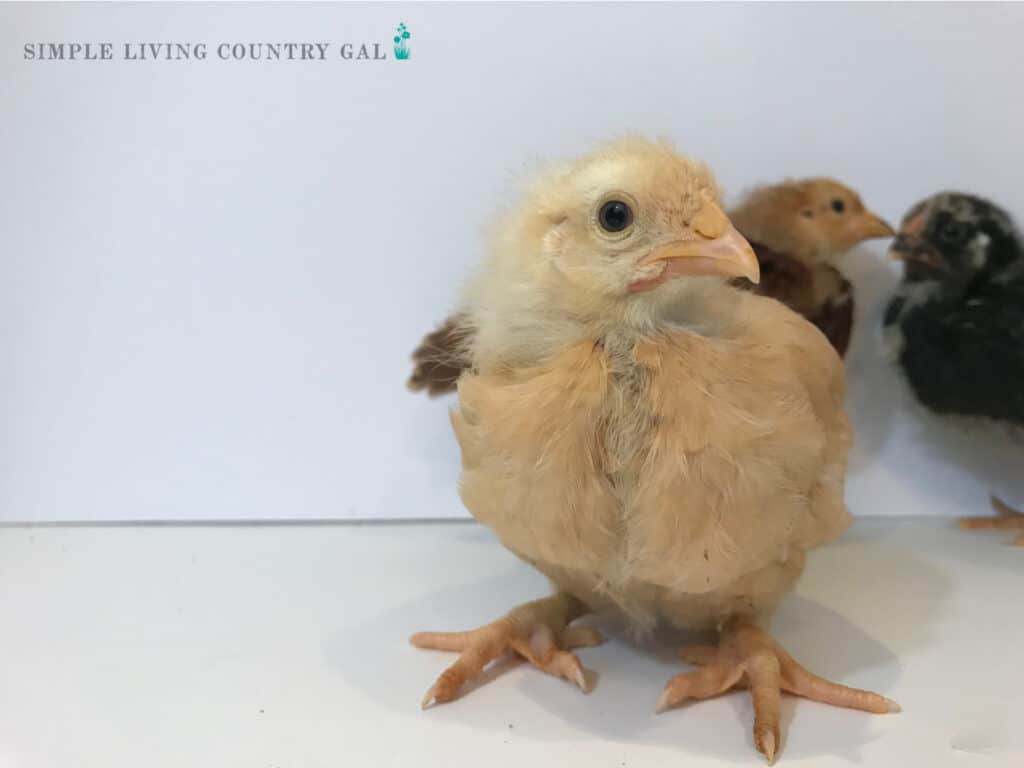
Disclaimer: In accordance with FDA guidelines, the information and products offered on this website are not intended to diagnose, treat, cure, or prevent any disease.
First, let’s talk about housing for your baby chicks.
Every time I have gotten my baby chicks I always put them in a very large cardboard box lined with newspaper and a nice layer of wood shavings. I have never had a problem with this style of brooder in the past, so why I would want to change it is beyond me. However, one day when I was playing on Pinterest I happened to see some examples of alternative temporary housing ideas for baby chicks.
Quite a few people were using plastic totes and I really liked the idea. How nice it would be not to have to dispose of a large box full of dirty wood shavings when the chicks moved out to the coop.
I would be able to clean the tote more thoroughly and keep any pests or diseases at bay.
I was sold.
So off I went to find a large tote that would hold my little chicks that were due to arrive in just a few short days.
I had a few totes sitting in my attic and decided to use them as my brooder. I emptied them out, cleaned them, and put down fresh wood shavings. Since the bottom was plastic I believed I did not need any newspaper.
Next, I found a window screen that I could use as a lid and wedged in a few sticks for “practice roosts”. The tub looked great and when the little chicks arrived they took to their new home quite well.
At first, I loved this new housing option. It seemed more difficult for the baby chicks to escape as the tote was relatively slippy for them leaving them with very little “grip”. It was also easy to reach things making feeding and watering the baby chicks super easy.
However, after about a week I noticed something was up.
One afternoon I realized a couple of my chicks had a toe or two that was curled and not straight like the rest. I had never seen anything like this before and after some research found that this condition was called Curly Toe.
A call was made to the company where I purchase my little chicks asking if they had any ideas as to why my chicks for the first time had this condition. Luckily this company is amazing and they called me back right away. I was told there were two causes for this.
One was a nutrient deficiency which we quickly ruled out after we took a look at what I was feeding the chicks. My choice of feed was giving the chicks all the correct nutrients needed for them to thrive.
The other possibility was having them on a slippery surface leaving the chicks to feel as if they had no secure footing. This meant they were forced to grip the slippery ground with their toes to keep from sliding and falling.
Yikes!
The plastic tote was indeed slippery and since I did not put newspaper down I put the poor things in sub-par housing. I was really upset about not giving my chicks the best housing for them to thrive in.
I am not ashamed to admit that I totally beat myself up for it.
Back to the internet I went and found the condition is not correctable (unless you catch it super early which I, unfortunately, did not) but the good news is the condition is not life-threatening.
I immediately put them in a new brooder made with a cardboard box along with with newspaper and a thick layer of wood shavings.
No other chicks came down with the condition, thank heavens.
Lesson learned, a DIY cardboard box brooder is the only way this girl will raise her little chicks from now on. It’s free, super easy to set up, the chicks do great in it, and it works! Today my hens are full-grown and doing well. Yes, they still have curled toes, but they have adjusted to life this way and are able to scratch and roost like the other hens.
I was very lucky to learn a lesson without causing a life-threatening condition to my hens.
Baby Chick Brooder Resources:
Causes of Curly Toe or Curled Toe Paralysis in Chickens
Let’s go over the reasons that may cause curly toe in chicks and chickens.
Reason #1 Vitamin deficiency.
When you notice a very young chick with curly toe on both feet chances are you have a deficiency of some kind possibly riboflavin causing the problem. This, more often than not, can be blamed on the mother hen.
The trick here is to treat immediately with vitamins and hopefully, this will help the toes to uncurl naturally on their own.
Reason #2 Inadequate flooring.
If you house your chicks in a container with a slippery surface their toes may curl due to them trying to “grip” the floor for traction. If this is the reason you will need to find new housing or put down a very thick layer of bedding or newspaper to keep slipping to a minimum.
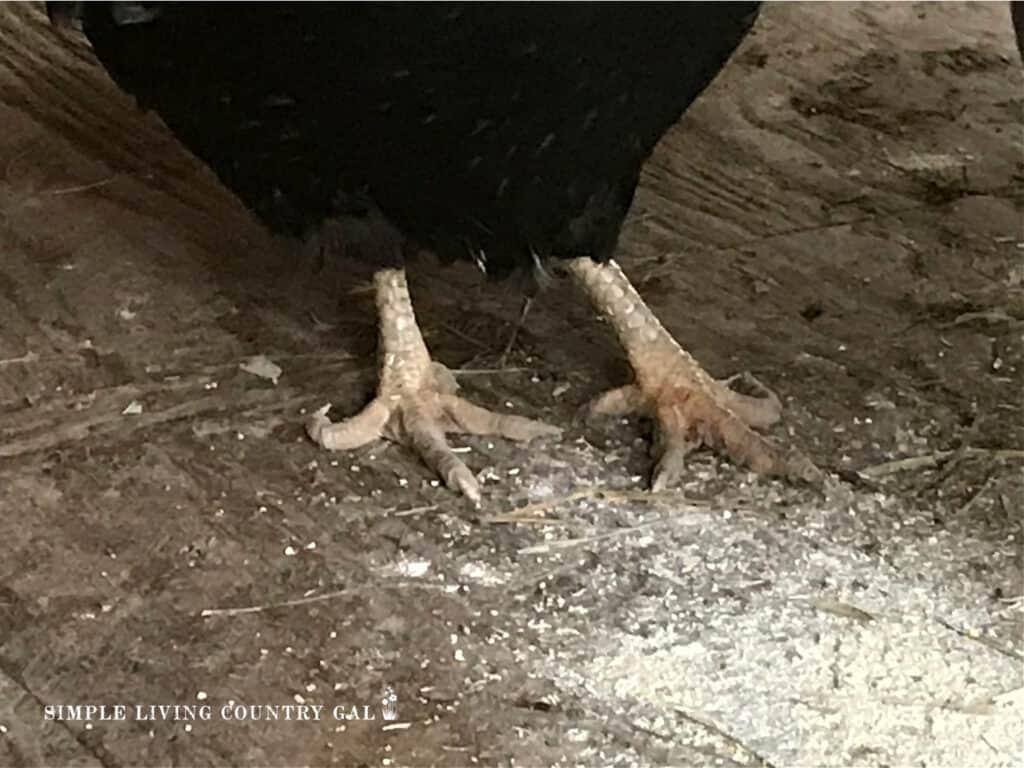
How To Treat Curly Toe in Chickens
If you find a chick with curly toe, there are a few things you can do to correct the issue. Remember, the earlier you catch it the easier it will be to correct it.
Treatment #1 Let it go
This is not the best-case scenario but I have it listed here to help alleviate your concerns. A chicken can do adequately enough living her life with curly toe. You should, however, watch her closely in colder climates.
Severe curly toe can be quite painful in the winter months so watch her for walking deficiencies. If she is limping, walking very slowly, or refusing to leave the coop in the winter a Veterinarian may need to be consulted.
SLCG PRO TIP: Do not worry about the cost of a vet. Most if not all vets will talk you to via the phone free of charge. Their overall goal is healthy and happy animals. If you have a question or concern, please call your vet for help. You can also reach out to your local extension office for other resources.
Treatment #2 Splint it up
Anna over at www.avianaquamiser.com as a great tip that looks super easy and quickly effective. She chose to use two pieces of 3M Transpore tape to sandwich the chick’s toes into a flat position.
To do this, carefully adjust the toes to a straightened position and place them on a small fan-shaped piece of tape.
Once you have the chick’s toes arrange in a straight position on the tape you can then apply a top piece to sandwich and securely hold the toes in place. The chick will actually do quite well this way and her toes should (if caught early enough) straighten out rather nicely in just a few short days.
Anna does caution. Make sure you completely cover the chick’s toes. Chickens are very curious in nature and Anna’s little hen along with the other chicks pecked at the tape. As a result, the tip of the toes that were slightly exposed were very slightly injured.
You can prevent this easily by completely covering the toes and maybe leaving just a bit of excess when you do.
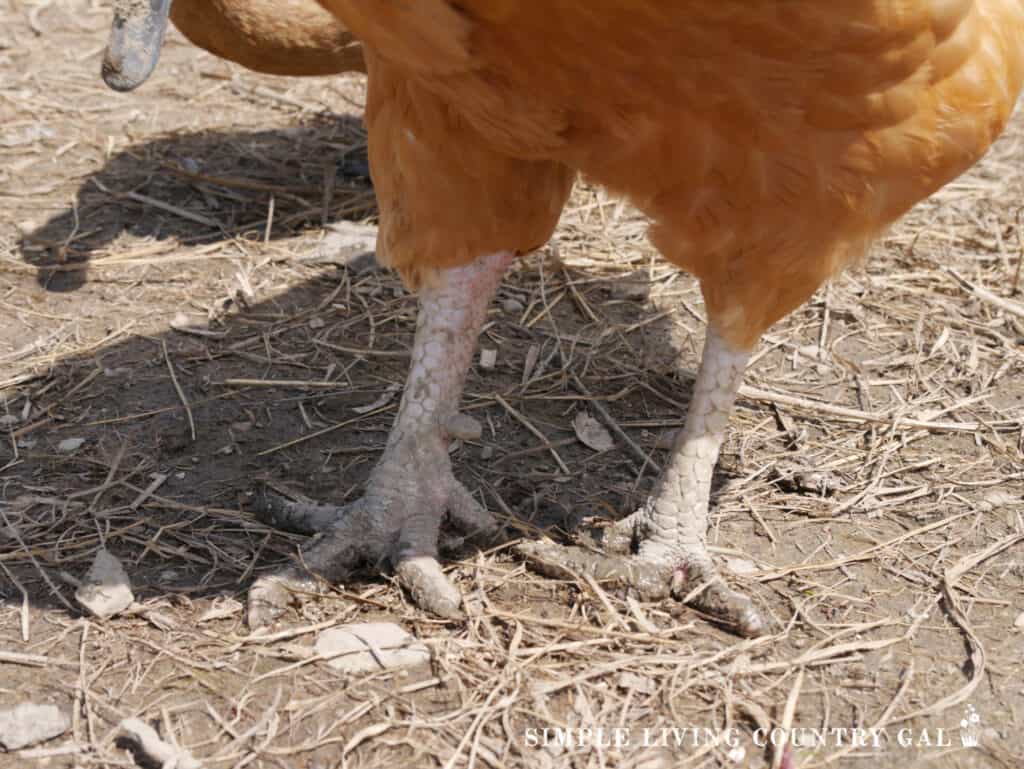
Treatment #3 Give vitamins.
If after consulting a Vet you determine the cause is a vitamin deficiency you can give supplements as directed by your Vet. Feeding the best feed to your animals is an important part of a healthy flock.
Do your research and ask for advice from other owners that are in your area. This is important as soil deficiencies can vary from state to state. If you have a deficiency you will want to correct this with special feed or vitamins.
Can chickens live a full life with curly toe?
Yes, they sure can!
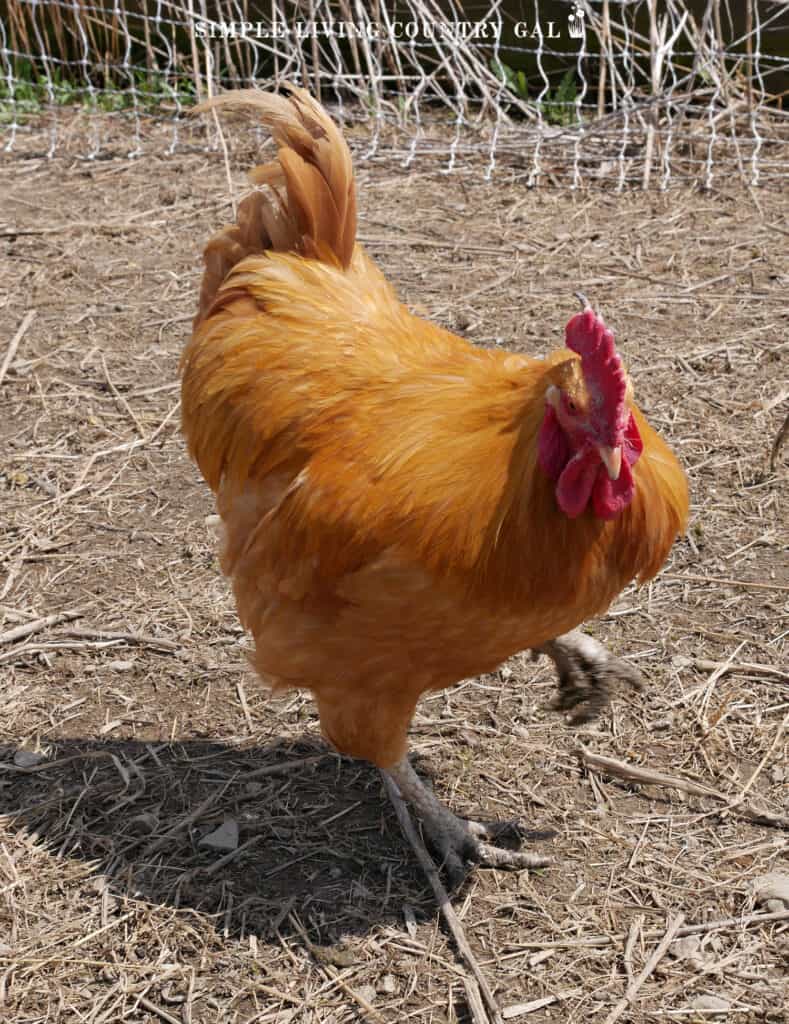
I have had a few chickens with curly toe over the years and I have found they do just fine most of the time. Of course, I will watch them closely in the winter to be sure they are fairing well in the colder temperatures but as of yet, I have seen no severe conditions in their life.
Please learn from my mistake.
Do not take what you read online as the truth. Yes, even with this article. Do your research, cross-check your information, and test under supervision always watching for issues that may quickly and minutely pop up. Remember our animals count on us for their food, water, and overall safety. Watch and learn every day and keep your livestock safe and healthy.
Now that you have the information you need to prevent and treat curly toe in chickens, you can raise a happy and healthy flock in your own backyard.
